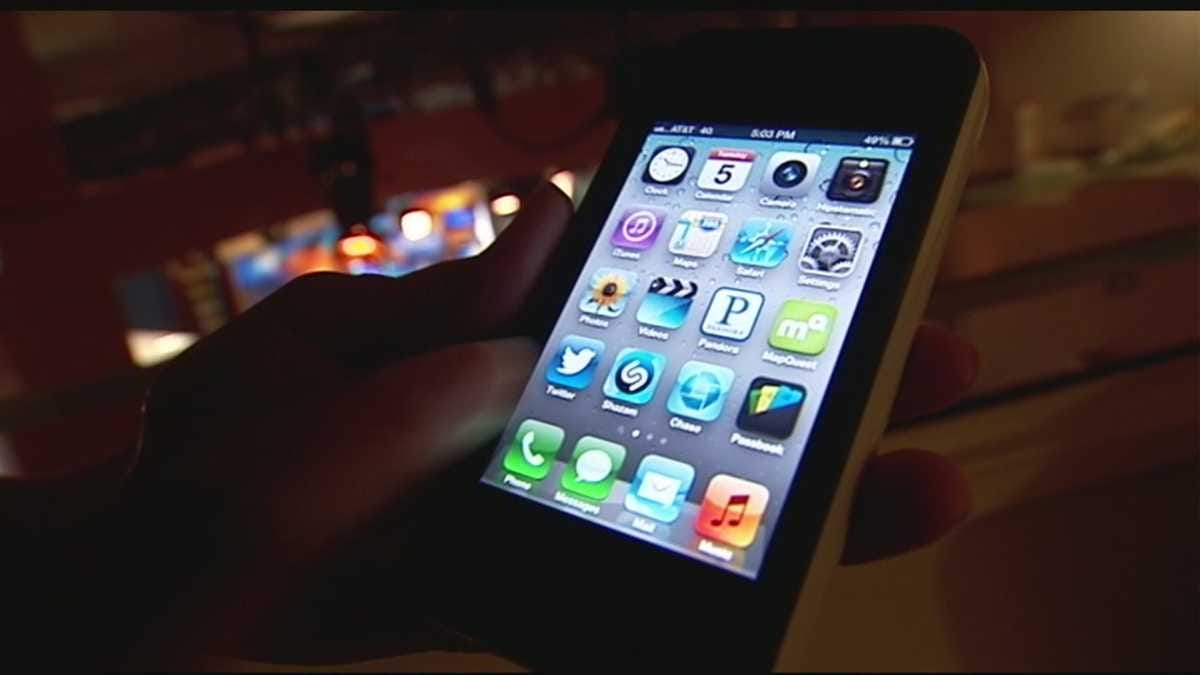Supreme Court Allows Police to Use Warrantless Real-Time Cell Phone Data to Sweep Americans Into Digital Data Dragnet
Police now authorized to track you via cell phone despite longstanding Fourth Amendment’s prohibitions against warrantless searches and seizures and government’s massive surveillance networks
WASHINGTON, D.C. —The U.S. Supreme Court has let stand a lower court ruling that allows police to warrantlessly track people’s location and movements through their personal cell phones, despite the longstanding Fourth Amendment’s prohibitions against warrantless searches and seizures and growing concerns about the government’s massive surveillance networks.
The Rutherford Institute had filed an amicus brief in Hammond v. U.S., challenging the practice as unconstitutional, especially when used by police to pinpoint a person’s location with much greater precision than ever before, whether that person is at home, at the library, a political event, a doctor’s office, etc.
“Americans are being swept up into a massive digital data dragnet that does not distinguish between those who are innocent of wrongdoing, suspects, or criminals. Cell phones have become de facto snitches, offering up a steady stream of digital location data on users’ movements and travels,” said constitutional attorney John W. Whitehead, president of The Rutherford Institute and author of Battlefield America: The War on the American People. “Added to that, police are tracking people’s movements by way of license plate toll readers; scouring social media posts; triangulating data from cellphone towers and WiFi signals; layering facial recognition software on top of that; and then cross-referencing footage with public social media posts, all in an effort to identify, track and eventually round us up. This is what it means to live in a suspect society.”
As part of a federal and state law enforcement investigation into a series of armed robberies that took place in October 2017 in Michigan and Indiana, an Alcohol, Tobacco, and Firearms (“ATF”) agent traced a firearm recovered from one of the robberies to a previous owner, who said he had sold it to Rex Hammond and gave them Hammond’s cell phone number.
Without obtaining a search warrant, a local police detective then requested cell site location information (“CSLI”) from AT&T to geolocate Hammond’s cell phone using real-time pings to nearby cell towers about every fifteen minutes.
The detective also obtained historical CSLI records indicating where Hammond had been over the course of three weeks. One night, around 11:30 p.m., detectives located Hammond’s car using a cell phone ping and began following him when he left a Quality Inn parking lot after midnight.
Police stopped Hammond for speeding and failing to signal, and then placed him under arrest. A grand jury indicted Hammond on eight charges related to the robberies, and Hammond was found guilty of all counts and sentenced to a total of forty-seven years in prison.
A district court denied Hammond’s motion to suppress the evidence against him, and the Seventh Circuit Court of Appeals agreed.
On appeal to the U.S. Supreme Court, Hammond’s attorneys warned that “real-time cell phone pinging thus allows the state to surreptitiously track the movements of any individual with a cell phone (essentially all Americans) with a voyeuristic level of precision, and without ever leaving the precinct.”
Paul J. Sampson, Bradley Masters, and Stephen A. Tensmeyer of Kirkland & Ellis LLP advanced the Fourth Amendment arguments in the amicus brief.
The Rutherford Institute, a nonprofit civil liberties organization, provides legal assistance at no charge to individuals whose constitutional rights have been threatened or violated and educates the public on a wide spectrum of issues affecting their freedoms.
If you appreciate our content, please consider making a donation -- GiveSendGo - Help Support Tuzara Post Newsletter




